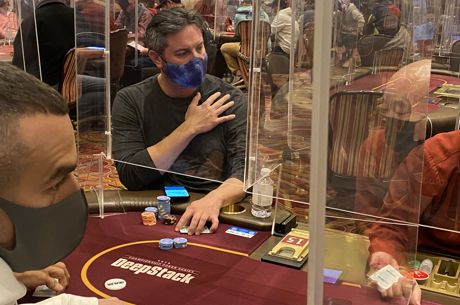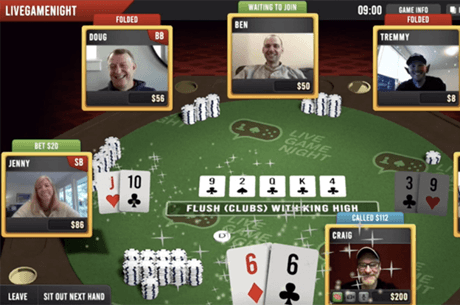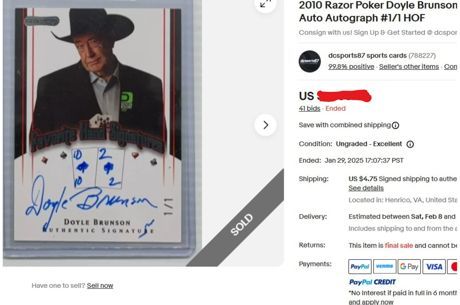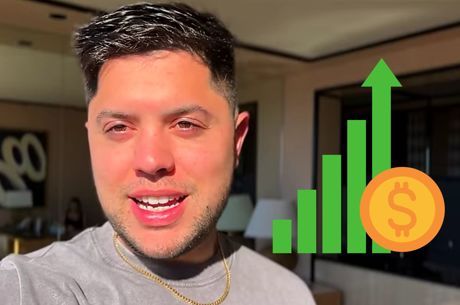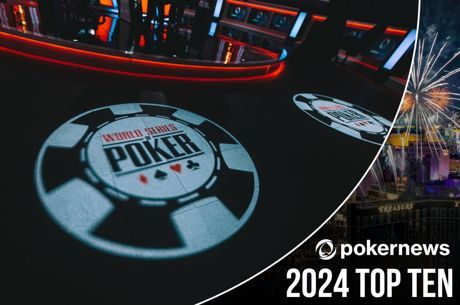Winning Progressive Knockout Tournament Strategy from LearnWPT
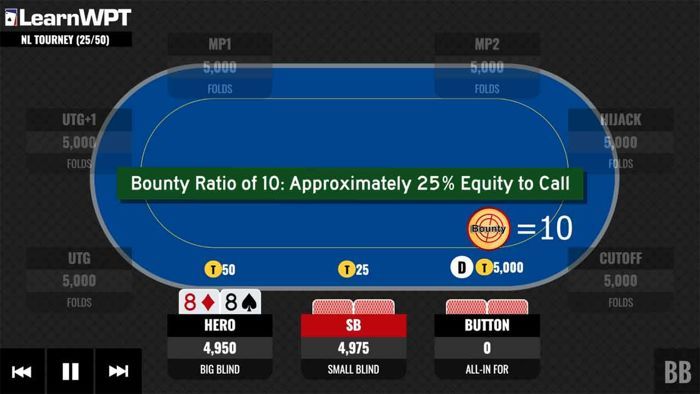
Progressive Knockout (PKO) Tournaments have become a staple on the schedule of every major online poker site for good reason. PKOs have more action, they are fun to play, and they attract more recreational players than other types of tournaments.
If you play tournament poker and don’t have a solid understanding of PKO strategy, you are leaving money on the table. Attempting to play a PKO tournament with the same approach as a standard multi-table tournament will result in you losing money in the long run. This article is going to give you the key strategic adjustments you need to become a winning PKO player.
Why PKOs?
In PKOs, generally half the buy-in goes into the regular prizepool and the other half goes to your bounty. If one player busts another, they get paid half of that player’s bounty immediately as cash and the other half goes onto their own bounty.
Here are some key concepts from PKO tournaments:
- Players that bust many opponents grow their own bounty in addition to winning lots of cash. This means that as the PKO tournament progresses, some players will have very large bounties on their heads and others may only have a starting bounty.
- In regular Knockout events the bounties are static. At the start of a regular KO event bounties are often worth quite a bit but as the tournament progresses they start to pale in comparison to the money in the regular prize pool.
- Late stage KO events play very similarly to regular tournaments. In PKOs, bounties are often very substantial in the late stages and require big adjustments to your play.
Related: How To Win More From Bounty Tournaments
How to Adjust Your Play in PKOs
So how exactly should you adjust your play in these events? You’ll need a quick and easy way to determine the value of these bounties and how much risk you should take in order to win them. In a nutshell, when a player has many starting bounties on their head and few chips left in terms of starting stacks, they are extremely valuable targets to bust. Your ranges should change dramatically against these opponents whenever you have them covered in chips. When a player has few bounties on their head and many chips in terms of starting stacks, the value of their bounty is small and you should play more like you would in a regular tournament.
This comparison of number of bounties to number of starting stacks is the key factor in making decisions in PKOs and is called the Bounty Ratio. Simply compare the number of bounties on a player’s head to the number of starting stacks in their chip stack. When this ratio is high, you should be making large deviations from your regular play in order to bust them. When the ratio is low, you play it more like a regular tournament spot.
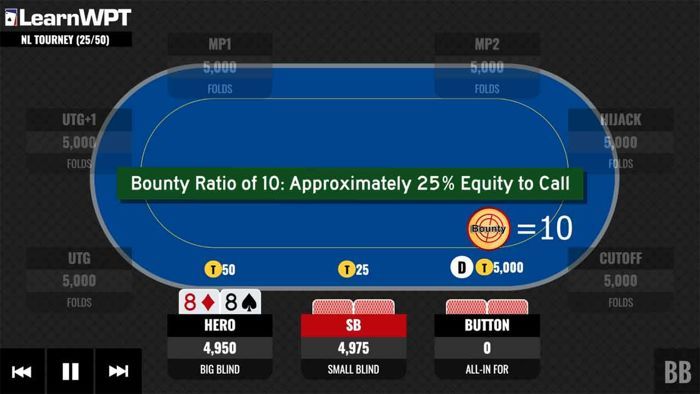
In effect, the higher the Bounty Ratio ratio is, the larger of an equity discount you get to continue against this player. Against players with a high Bounty Ratio you don’t need as much equity as you normally would due to the added value of the bounties.
For a lot more info on how to make these adjustments in PKOs as well as a handy quick reference chart for specific equity discount numbers by watching this free Strategy Episode from LearnWPT.com.
Quick Tips to Guide PKO Strategy
In order to win in the long term in PKOs, you’ll need to keep some key strategic adjustments in mind.
First, you should always be aware of chip stacks and who covers who at the poker table. Since most players are adjusting their ranges quite a bit to go after bounties, knowing who covers who will be crucial to understanding how wide or narrow someone’s range is in a specific spot. If a short stack enters the pot and a bigger stack calls behind, you can know that the bigger stack likely has a much wider range than normal. This range expansion is also true for you when you have the larger stack. You should be more willing than normal to continue in the hand if you cover someone who has entered the pot, and this willingness to continue scales directly with the Bounty Ratio.
If we look at this dynamic as the shorter stack, you can expect more action from the players that have you outchipped. In fact, being the shorter stack in a PKO tournament can actually be an advantage if you adjust correctly. Since you are more likely to get action you should value bet more often against the bigger stack. You should also be bluffing less often in these spots for the same reason. Hands that you might normally fold or check can often become value shoves or value bets when you are the shorter stack in the hand. For example, the shorter stack might value bet all-in on the river with second pair and expect to be called by worse hands from the big stack.
When you are playing a big pot, keep in mind that your ability to win future bounties has a lot of value. Err on the side of continuing if the situation is close and avoid regularly folding in big pots and crippling your stack in PKO tournaments. Folding in these spots not only hurts your chip stack and your ability to win a bigger portion of the prize pool, but also hurts your ability to win future bounties. Another way to ensure you have the maximum opportunity to win the most bounties is avoiding late registering PKOs if at all possible. You want to give yourself every chance to win more of the bounties out there, so it’s important to start on time.
PKO Tournaments are here to stay. They encourage more action, are incredibly fun to play, and can be quite profitable for players who know how to play them. Make sure you check out this free Strategy Episode from LearnWPT and have fun in your next PKO event!
For more information, visit LearnWPT.com/GTO and test your skills on the WPT GTO Trainer for free.
Sponsor-generated content from LearnWPT

